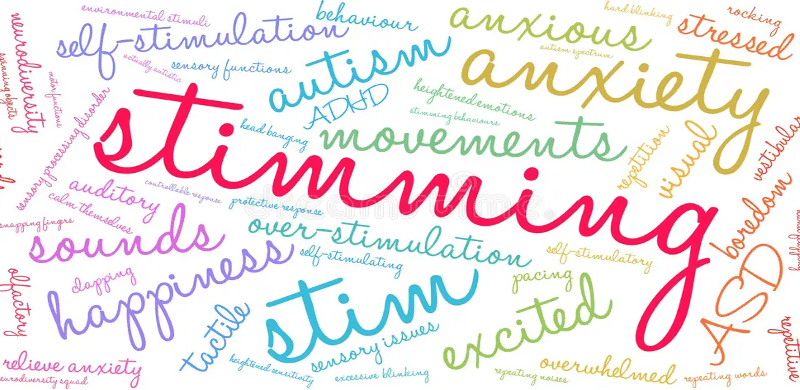
GOP nominee Mitt Romney
Credit: mnassal on Flickr, under Creative Commons (CC BY-NC-ND 2.0).
(WOMENSENEWS)– Single moms are still riding high as a campaign whipping horse.
In a July campaign ad, GOP nominee Mitt Romney singled out Obama for easing the rules for welfare, a program that serves mainly single female heads of households.
“President Obama quietly announced a plan to gut welfare reform by dropping work requirements,” the ad says. “Under Obama’s plan, you wouldn’t have to work and wouldn’t have to train for a job. They just send you your welfare check and ‘welfare to work’ goes back to being plain old welfare.”
What Romney is attacking is the so-called work waiver that gives states greater flexibility in the way they dispense welfare. Usually the Republicans champion states’ rights, but not in this case. Meanwhile, Romney is just wrong. Obama did not introduce such a policy.
After steadily rising for five decades, the share of children born to unmarried women crossed a threshold in 2009, when more than half of all births to women under 30 occurred outside of marriage.
While more black women have children outside of marriage, white women are the fastest growing demographic.
Now that unmarried mothers have become the new normal, one would think that the drive to stigmatize them would ease up. Apparently not!
In making false statements about Obama’s welfare policies, there’s a good chance that Romney was using welfare–the program that helps single mothers, many of them women of color, to get by–as a race card to win over white voters.
Around the same time that Romney’s ads were going out, the New York Times’ poverty-beat reporter Jason DeParle published a story that puts white single moms in the crosshairs and blames them for putting their children at a disadvantage and aggravating the country’s income gaps. DeParle’s embrace of marriage as the best route into the middle class both stigmatizes single mothers and unfairly blames them for income inequality.
Personalizing the Class Divide
DeParle describes the lives of two white working class, college-educated women who work together at a Michigan child care center. Both had kids after leaving college. After highlighting the women’s similar backgrounds, Deparle describes their current class divide.
Chris, who finished college, directs the center, lives in a middle-class suburb and has an annual household income of about $95,000. Her husband Kevin helps with parenting and they send their kids to swimming and karate.
Jessica, who did not finish college, has been promoted to associate director. She lives in the city, earns $25,000 a year, relies on foods stamps, parents alone and cannot afford afterschool activities for her children or even ensure her own health.
DeParle concludes “that what most separates” the two women “is not the impact of globalization on their wages but a 6-foot-8-inch man named Kevin.”
Although, Deparle does not mention this: Chris and Kevin have equity in a home that will mean a bit of wealth for their children down the line, not to mention a nice tax write-off for their current mortgage interest payments. Jessica’s rented apartment drains her resources and leaves her kids with nothing to draw on later in life.
DeParle goes on to blame these wildly unequal outcomes on the two women’s different marital histories. Chris got married and then had kids. Jessica had three kids with an African American she met while they were both students. They never married. Little is made of the fact that Jessica lived with the father of her children for seven years or that racism might have played a role in limiting the options of Jessica, her children and their father who could not support the family and became abusive.
Does DeParle really mean to suggest that Jessica should have married at all costs? Not even a data-driven computer model would support that. It’s true that data have shown the rise of single-parent families had some effect on inequality among families with children between 1975 and 1985. But after that the trend both slowed and was outweighed by long-term increases in women’s employment and educational attainment.
Two Popular Myths
The article fuels two popular myths: single motherhood equals the loss of traditional family values and the American family is in decline.
Now that more low-income white women have become single mothers, fears of increased independence among women also may be at play. Not only are most women employed outside the home but more women can and may even chose to live with and raise children without men; some even raise children with other women.
Fearing that working-class people have abandoned traditional family values, DeParle and his academic backers suggest that children of unmarried mothers lose out due to the poor choice of their unwed mothers.
This helps create the kind of political backdrop that encourages a candidate such as Romney to target single mothers for somehow being responsible for the country’s economic woes.
The real issue may not be children’s well-being but fear of more single motherhood among white women and greater female autonomy.
Certainly the GOP has been boldly and openly attacking women’s reproductive rights in what Democrats are calling “the war on women.” The target is no longer even the morally fraught issue of abortion. It’s the widely popular issue of family planning and the nerve of the Democrats to require it be covered by insurance. Republicans on Capitol Hill are trying to restore the widely discredited, pro-marriage approach of abstinence-only education.
Advocates of marriage-at-any-cost often argue their case on the grounds of religion, morality and deficit-reduction. DeParle throws in the idea that single motherhood also contributes to a newly gaping class divide that, according to 2010 Census data, leaves 20 percent of U.S. households with more than 50 percent of the nation’s income and the bottom one-fifth trying to survive on less than 4 percent of the pie.
The Real Reasons
This distracts us from the real underpinnings of the class divide.
While two incomes are better than one, blaming economic inequality and social problems on single motherhood shoves rising economic insecurity off the policy agenda. It ignores the concentration of wealth in the hands of the few, women’s low wages, the lack of services and supports for the growing group of single mothers and 30 years of budget cuts.
Blaming single mothers for economic inequality rationalizes tax cuts for the rich and the slashing of programs for the poor and working class. It distracts attention from the nation’s leaders’ insistence on gutting what is left of the Great Society.
U.S. families right now need more public investment in good jobs, higher wages, child care, college scholarships, affordable housing, public education and universal health care–and access to birth control, abortions and reproductive health care.
These programs would ensure that all families can care for the children, would increase parenting time for single and married mothers and fathers and reduce the record high inequality gap.
It is no coincidence that these same programs help women balance work and family responsibilities, allow women to escape unsafe marriages, dirty and dangerous jobs and otherwise enhance women’s economic independence.
Researchers who claim that children born to married couples do better actually have it backwards. Good outcomes for children reflect access to needed resources from any source, not necessarily marriage or a particular family structure. A fairer distribution of income and wealth would be a better route into the middle class than marriage-at-any-cost.
Mimi Abramovitz, the Bertha Capen Reynolds professor of social policy at Silberman School of Social Work at Hunter College, The CUNY Graduate Center and the Murphy Center for Worker’s Studies and Labor Education, is the author of “Regulating the Lives of Women: Social Policy From Colonial Times to the Present,” the award-winning “Under Attack, Fighting Back: Women and Welfare in the U.S.” and co-author of “Taxes Are A Women’s Issue: Reframing the Debate.” She is currently writing “Gender Obligations: The History of Low-Income Women’s Activism Since 1900” and studying the impact of fiscal conservatism on public and nonprofit human service agencies, workers and clients.
Would you like to Comment but not sure how? Visit our help page at https://womensenews.org/help-making-comments-womens-enews-stories.
Would you like to Send Along a Link of This Story?
https://womensenews.org/story/labor/120809/romney-plays-gender-race-card-cites-welfare-law


